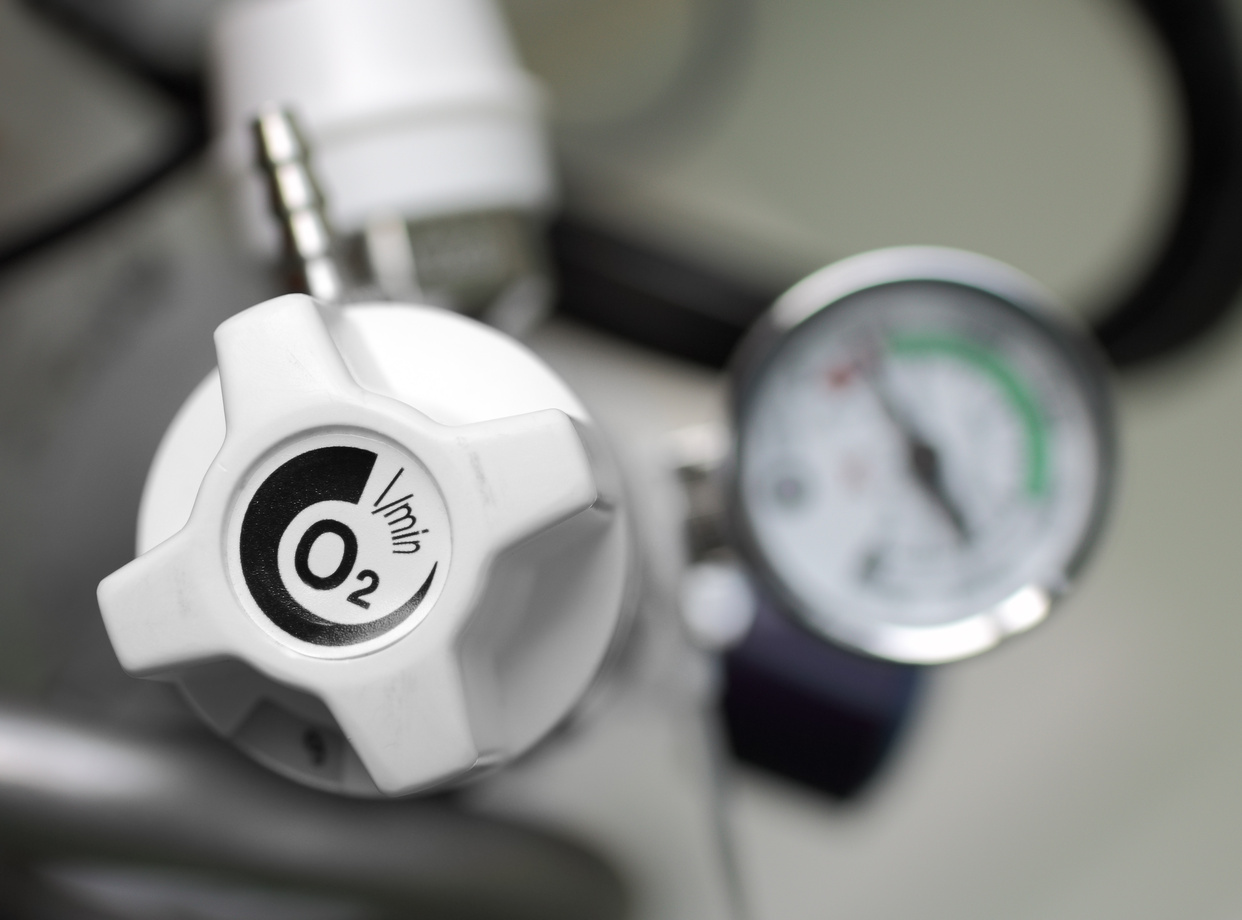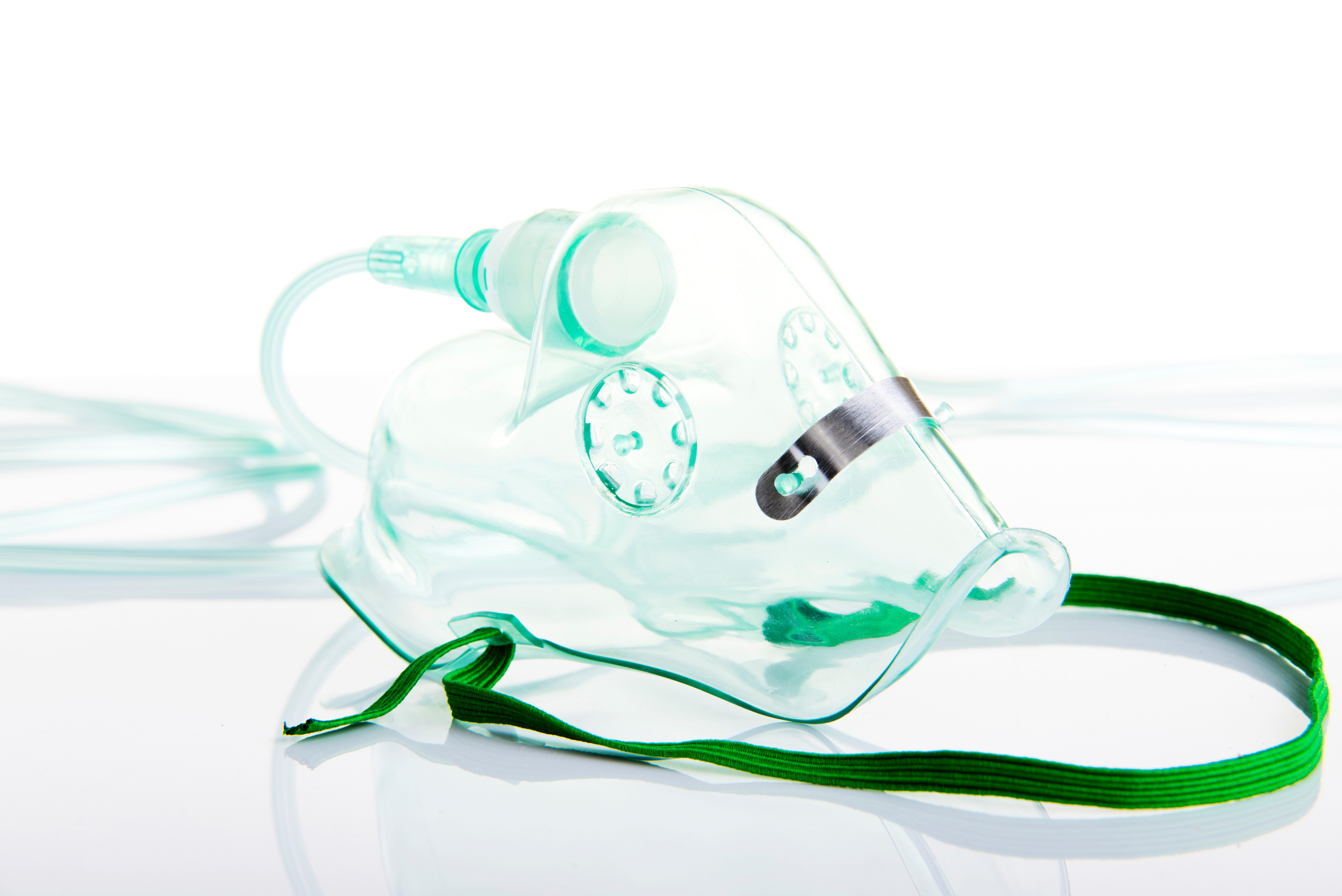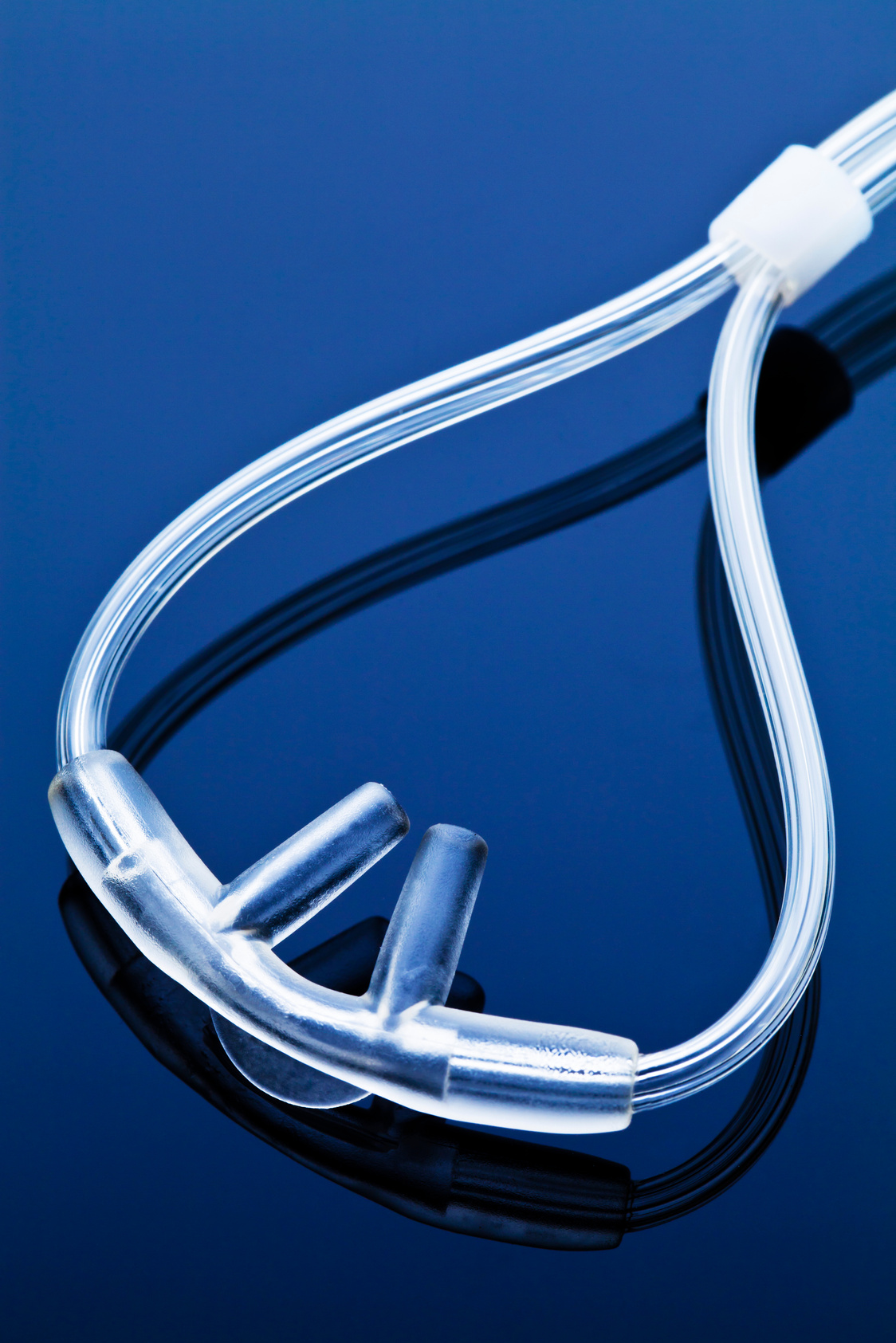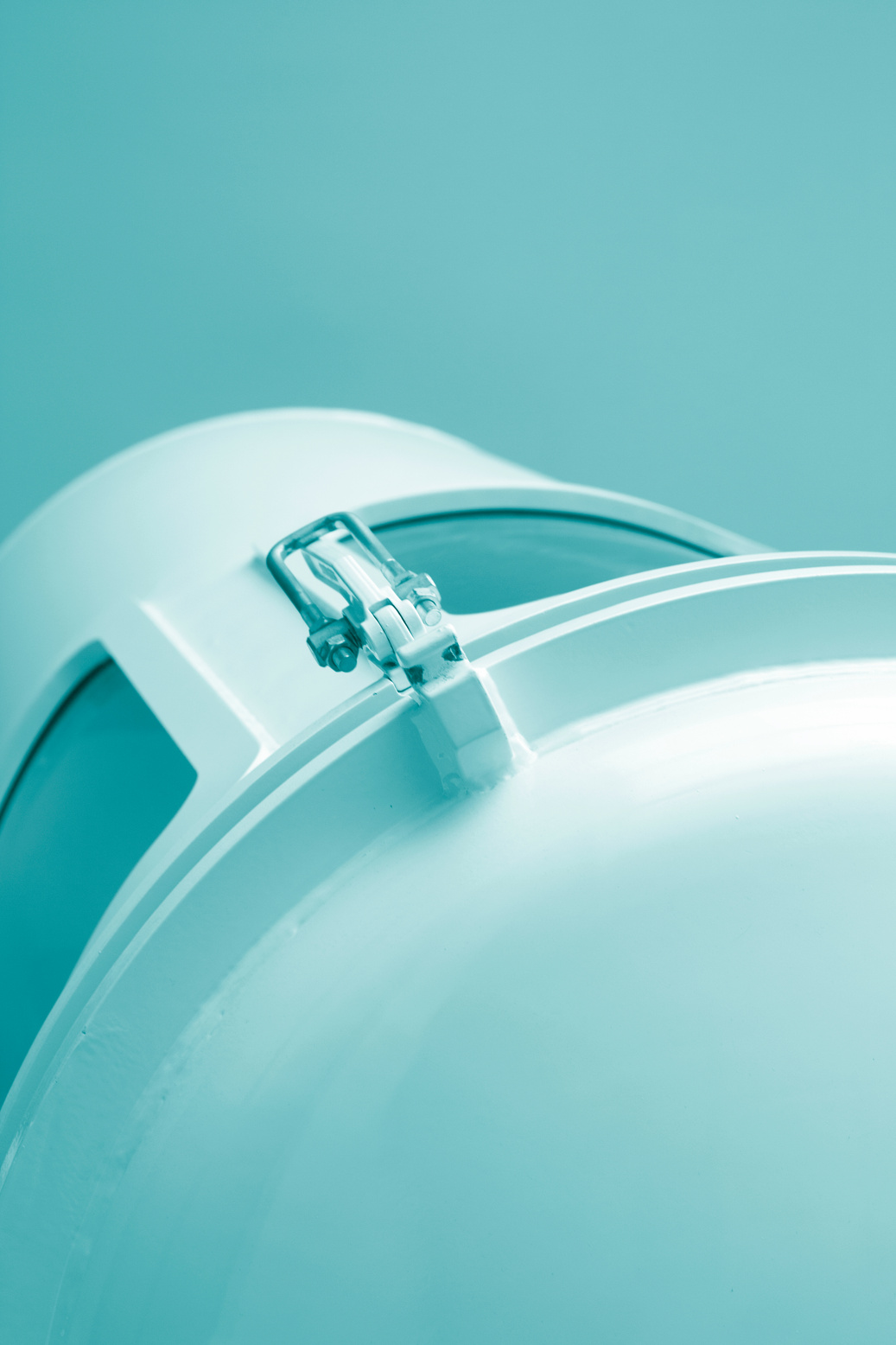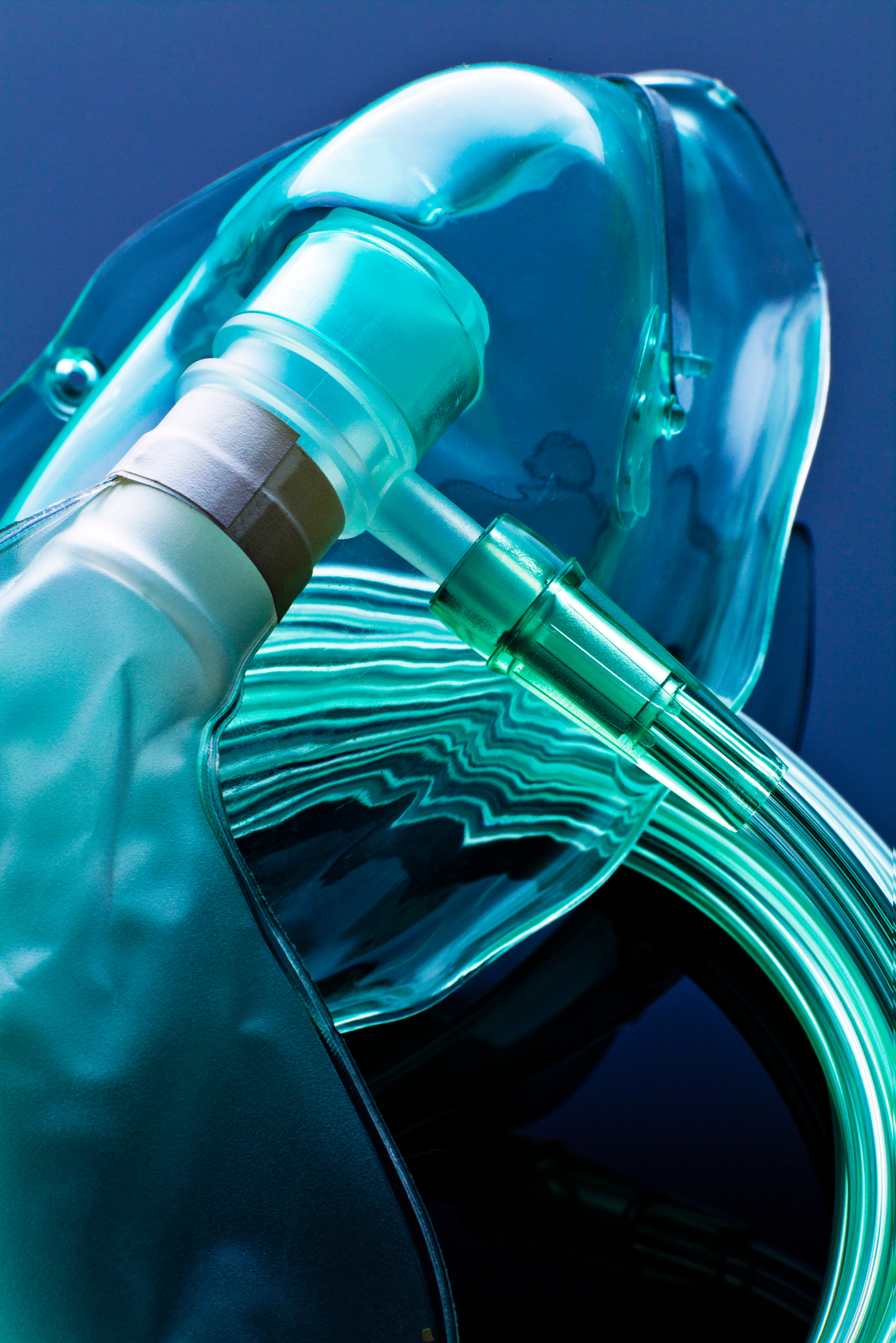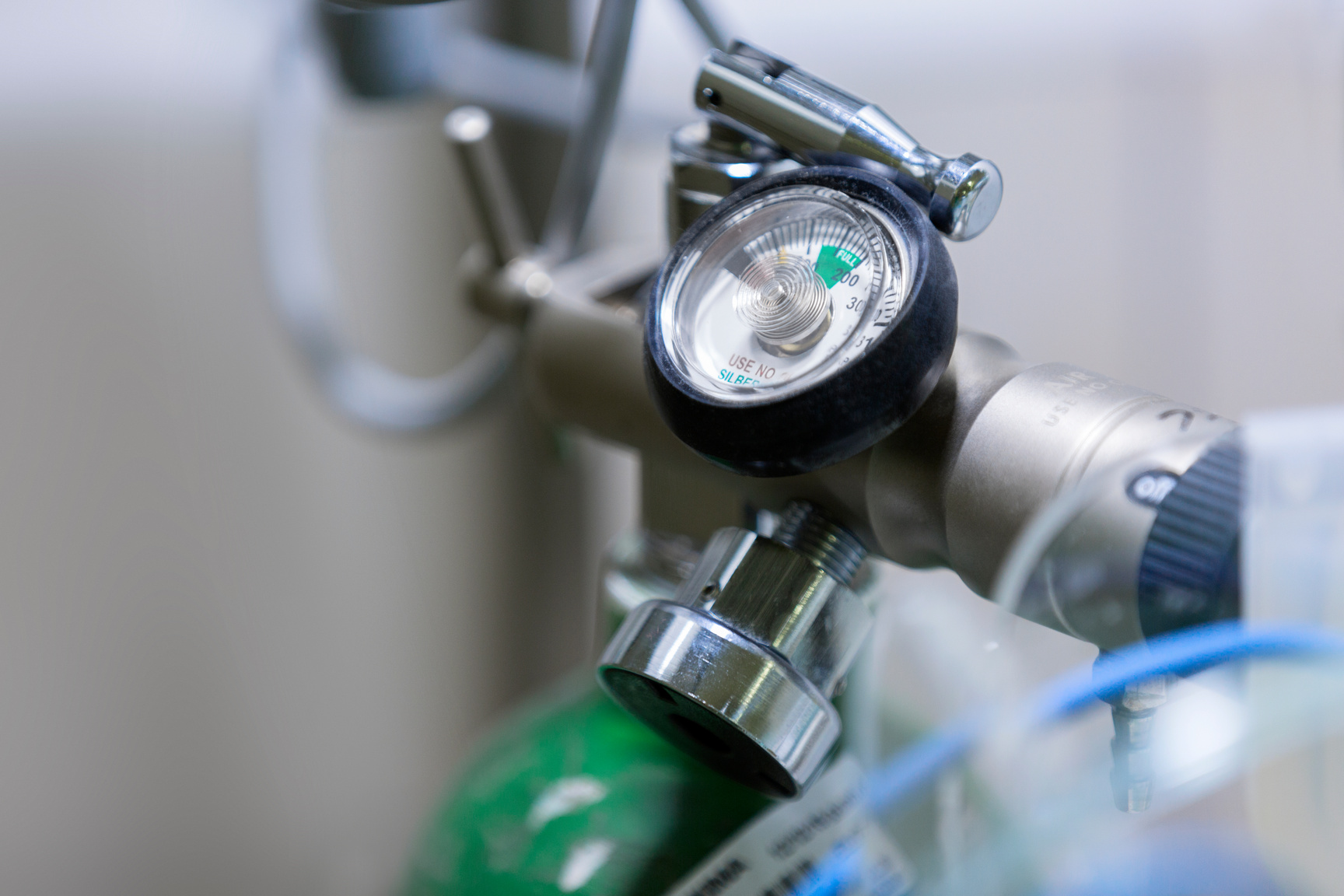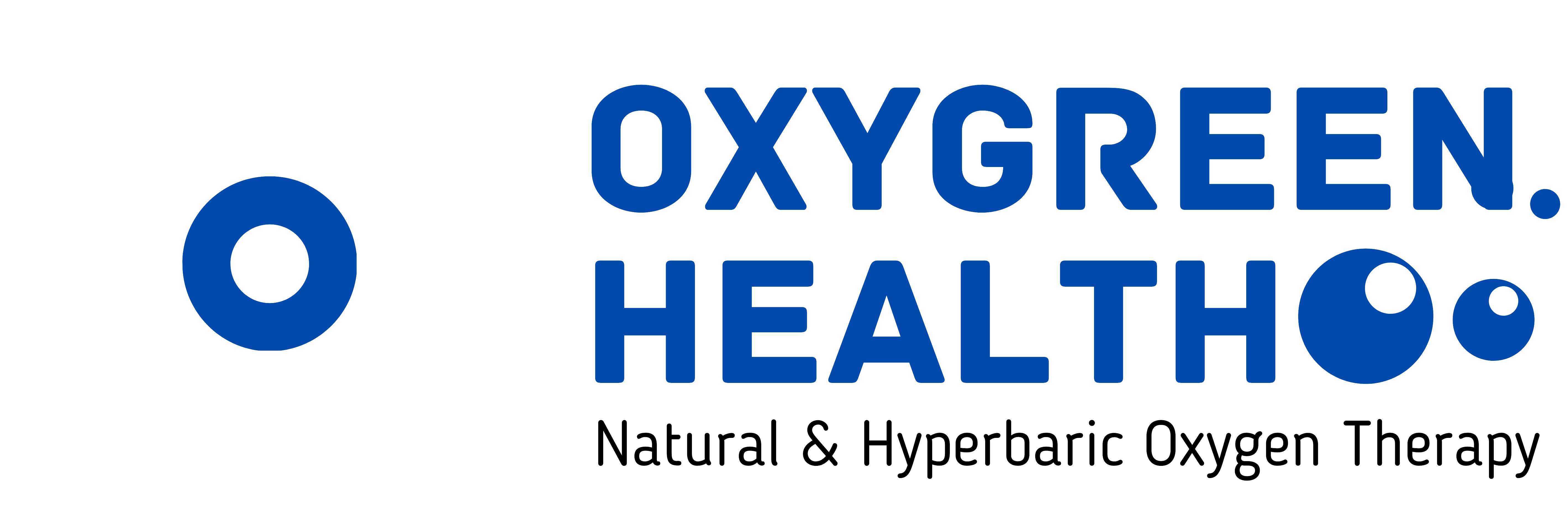Dont's of Oxygen Therapy 
Do Not Adjust Flow Rate Without Approval:
Avoid adjusting the oxygen flow rate without consulting your
healthcare provider. Changing the flow rate without medical
guidance can lead to inadequate oxygenation or oxygen toxicity,
which can be harmful to your health.
Do Not Smoke or Allow Smoking:
Smoking is strictly prohibited while using oxygen therapy due to
the increased risk of fire and respiratory complications. Ensure
that smoking materials, open flames, and flammable objects are
kept away from oxygen equipment at all times.
Do Not Block Oxygen Flow:
Avoid obstructing the flow of oxygen by kinking, twisting, or
tangling oxygen tubing. Ensure that oxygen tubing is free from
obstructions and positioned to allow for unimpeded oxygen
delivery.
Do Not Use Petroleum-Based Products:
Refrain from using petroleum-based products such as petroleum
jelly (e.g., Vaseline) on your face, nose, or lips while using
oxygen therapy. These products are flammable and can increase
the risk of fire when exposed to oxygen.
Do Not Overuse Oxygen:
Use oxygen therapy only as prescribed by your healthcare
provider. Overuse of oxygen can lead to oxygen toxicity, which
can cause lung damage and other adverse effects. Follow your
prescribed oxygen therapy regimen diligently and seek guidance
if you have any concerns or questions.

